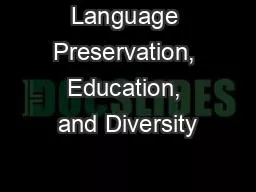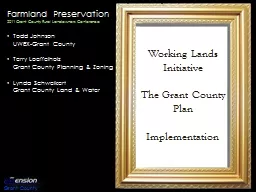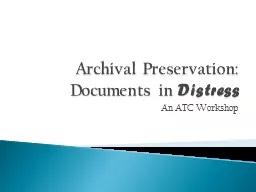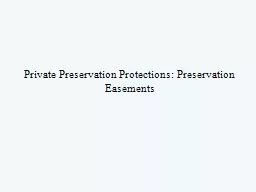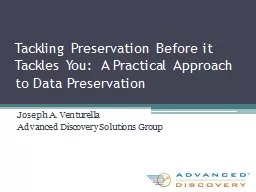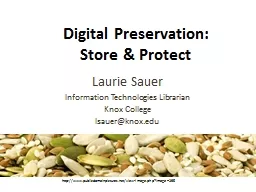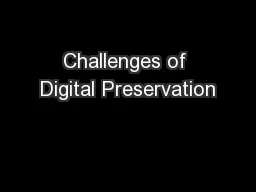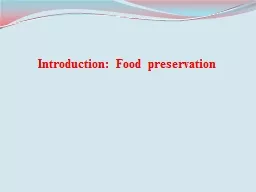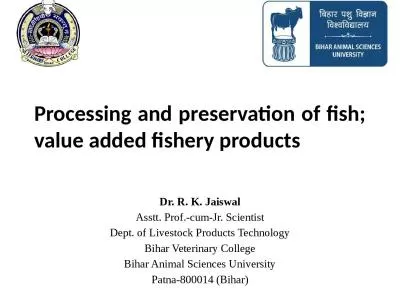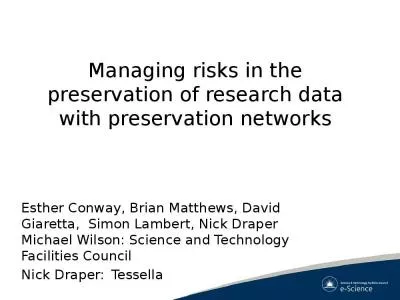PPT-Language Preservation, Education, and Diversity
Author : mjnt | Published Date : 2020-08-27
Dr Lindsay A Morcom morcomlqueensuca Introduction Acknowledgement of territory About me About the Aboriginal Teacher Education Prorgram at Queens Overview Aboriginal
Presentation Embed Code
Download Presentation
Download Presentation The PPT/PDF document "Language Preservation, Education, and Di..." is the property of its rightful owner. Permission is granted to download and print the materials on this website for personal, non-commercial use only, and to display it on your personal computer provided you do not modify the materials and that you retain all copyright notices contained in the materials. By downloading content from our website, you accept the terms of this agreement.
Language Preservation, Education, and Diversity: Transcript
Download Rules Of Document
"Language Preservation, Education, and Diversity"The content belongs to its owner. You may download and print it for personal use, without modification, and keep all copyright notices. By downloading, you agree to these terms.
Related Documents

